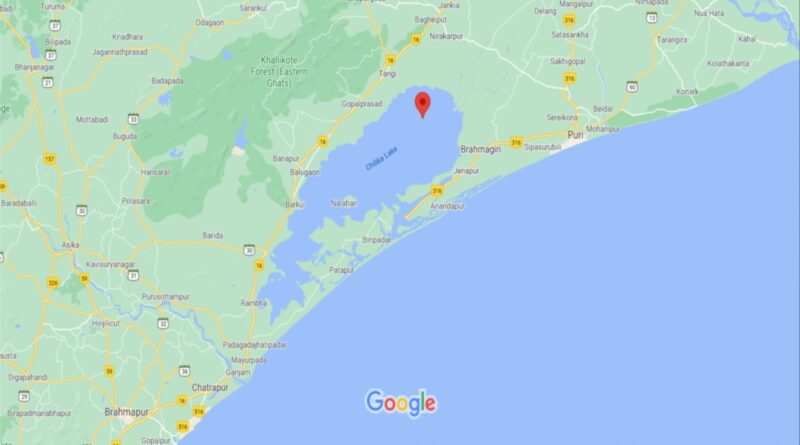Chilika Lake was a part of the Bay of Bengal
Context:
The Chilika lake in Odisha, Asia’s largest brackish water lake, was once part of the Bay of Bengal, a study by the marine archaeology department of the National Institute of Oceanography (NIO), Goa, has found.
How it was formed?
- The process of the formation of the Chilika might have begun in the later part of the Pleistocene epoch, around 20,000 years ago.
- India’s peninsular river Mahanadi carried a heavy load of silt and dumped part of it at its delta.
- As the sediment-laden river met the Bay of Bengal, sand bars were formed near its mouth.
- These created a backflow of the sea water into the sluggish fresh water at the estuary, resulting in the huge brackish water lake.
Historical evidences:
- Greek geographer Claudius Ptolemy (150 CE) described Palur as an important port of Kalinga and referred to it as ‘Paloura’ (located near Chilika).
- Chinese pilgrim Xuanzang (7th century CE) recorded ‘Che-li-ta-lo-Ching’ as a flourishing port. This port was located at Chhatargarh on the banks of the Chilika.
- The Brahmanda Purana (10th century CE approximately) says the Chilika was an important centre of trade and commerce, with ships sailing to Java, Malaya and Ceylon.
- The famous Sanskrit poet Kalidas called the king of Kalinga ‘Madhodhipati’ or ‘Lord of the Ocean’.
About Chilika:
- Chilika is 64 kilometres long in the north-south direction and 13.5 km wide in the east-west direction.
- The sea connected with the lake near Satapada through a shallow and narrow channel.
- The connecting channel was obstructed by shoals, sand spits and sandbars, thus restricting the outflow of water and also checking the tidal flow into the lake.
- Chilika is Asia’s largest and world’s second largest lagoon.
- It is the largest wintering ground for migratory birds on the Indian sub-continent and is home to a number of threatened species of plants and animals.
- In 1981, Chilika Lake was designated the first Indian wetland of international importance under the Ramsar Convention.
- Major attraction at Chilika is Irrawaddy dolphins which are often spotted off Satpada Island.
- The large Nalabana Island (Forest of Reeds) covering about 16 sq km in the lagoon area was declared a bird sanctuary in 1987.
- Kalijai Temple – Located on an island in the Chilika Lake.



